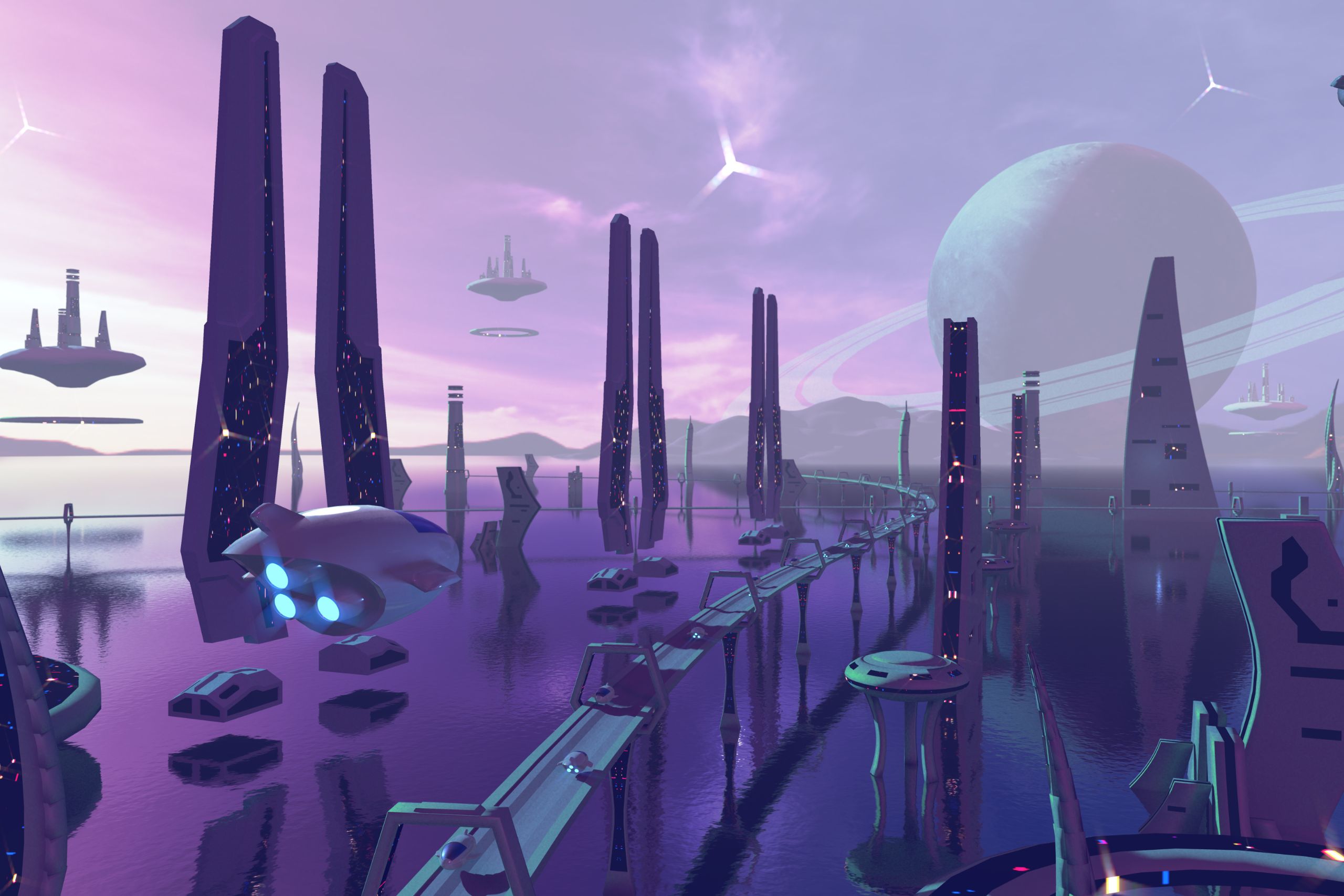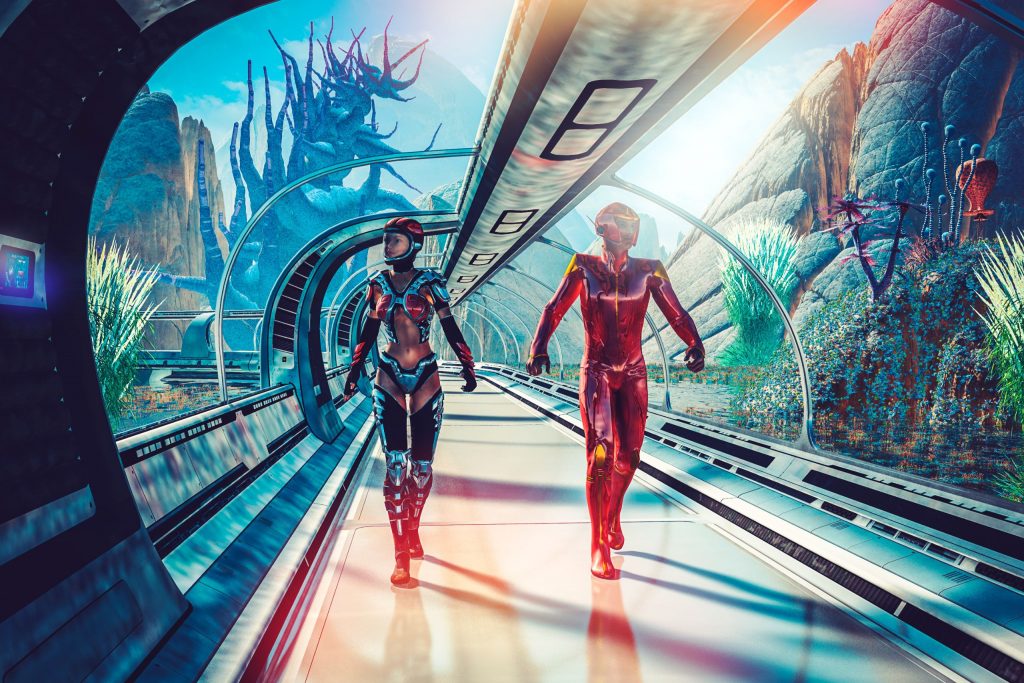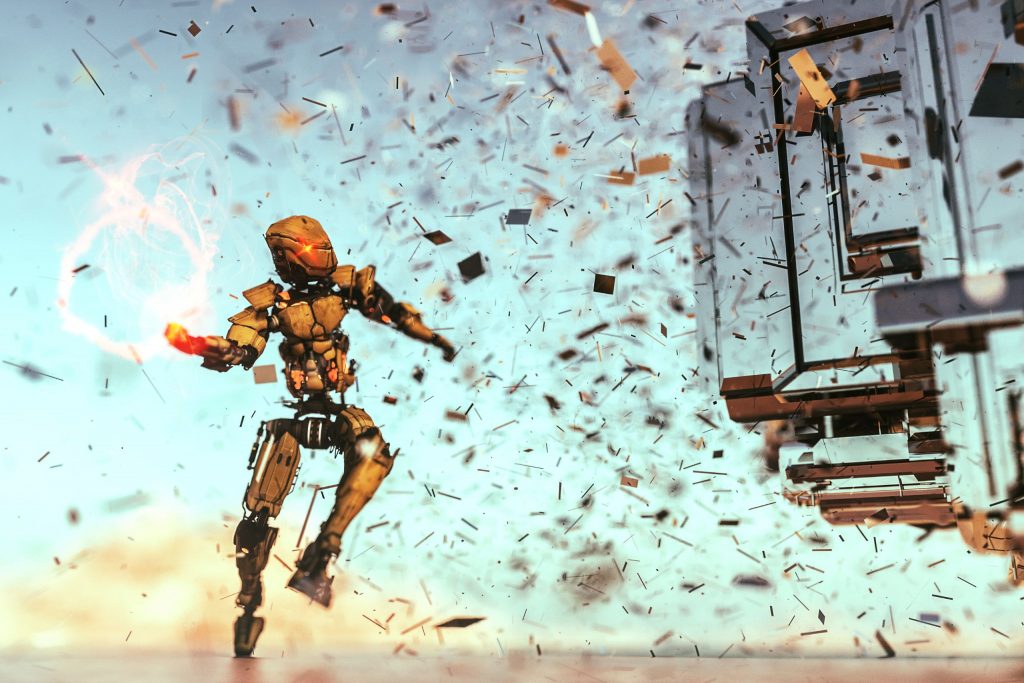
Some people, locations, and tales show up in more than one movie or TV program. One may see them as “shared universes.” These legends give the world life. This kind of narrative is increasingly well-known because films such as the DC Extended Universe (DCEU) and the Marvel Cinematic Universe (MCU) abound. People all throughout the globe like the MCU as it features straightforward but complex narratives. It also exceeded records in terms of box office performance and length of name retention. In the same way, the DCEU has found its place with its darker themes and great figures like Batman and Wonder Woman. Long stories with connected worlds are fun to write and keep readers interested for a long time. They’re more interested in them because they care about the people and their lives. Many people like to watch places that are open to everyone. We will use the many ways they can be used to build groups, tell stories, and help people grow to show why.
Character Development: Building Relationships with Common Names
Shared worlds let people change a lot over the course of many movies. Because characters have long histories and their goals shift over time, artists can learn more about people than they could in a single movie. This broad approach helps people who follow people on long trips get to know them better.
While watching movies, people feel closer to the characters as they go through hard times, make new friends, and deal with loss. A lot of trips to the Marvel Cinematic Universe help brilliantly show how Iron Man changes from a spoiled rich guy to a hero who gives up everything for others. Thor’s change from a tough fighter to a more loving and thoughtful person also shows how much he changes over time.
Spider-Man is another well-known example. Many movies have been made about him that show how hard it is for him to deal with duty, loss, and luck. These stories set in the same world let the characters grow and change in lots of different ways. This makes viewers feel at ease and linked as they grow with loved ones. Getting people to connect in these ways helps shared worlds get more watchers and build strong emotional ties.

World-Building: Creating Immersive and Expansive Narratives
Stories have changed because shared worlds let people build huge worlds that keep people interested. Many stories can live together and join with these linked systems, which makes the story more interesting. Sharing worlds put many stories together so that watchers can see people and problems in different ways. Fans will find this interesting over the course of several shows.
This method has been improved by the Marvel Cinematic Universe (MCU), which is a world where characters from different movies and TV shows meet and talk to each other. Every episode builds on past stories, raising the emotional stakes and giving character motives and relationships more thorough backdrop. Respecting dedication to the main story attracts fans for the crossover events like “Avengers: Endgame”.
Another fantastic example is the Harry Potter world, which spans movies, spin-offs, and interactive media outside of the core book series. Rich tapestry calling readers to thoroughly explore the wizarding world is created by character arcs, House rivalry, and magical understanding.
Shared experiences that foster community among fans as they theorize and investigate the vast knowledge greatly increase viewer involvement by turning narrative into one that they can share.
Fan Engagement: Cultivating a Dedicated Community
Shared worlds frequently help to strengthen the solidarity among enthusiasts. With their wide variety of people, stories, and mythology, these worlds generate ideas and beliefs that deepen relationships among viewers. Online sites allow supporters to add their thoughts, comments, and fan artwork, therefore enhancing the overall experience.
Social media lets supporters contact immediately and share their efforts to a wider audience, therefore increasing this involvement. Talks concentrate on platforms like Twitter, Instagram, and Reddit, which provide fans venues to exhibit their love of shared worlds and react to real-time new happenings.
Conventions provide guests chances to observe panels, meet creators, and participate in themed activities, therefore enhancing their involvement. These events provide a lively environment where fans may celebrate their passions together and build connections around common interests.
Mixing characters from many stories creates excitement in cooperation ventures and crossover events. These activities create buzz in the neighborhood that motivates additional individuals to engage in fan art and dialogues. Common excitement and artistic expression help to create a dedicated and engaged fan community, therefore uniting individuals, by means of shared worlds.
Narrative Complexity: Weaving Intriguing Story Arcs
Complex and multifarious plot structures made possible by interconnected storytelling enhance stories. This method helps creators—writers and directors—to create complex narrative arcs that would appeal on many projects. Sharing thematic aspects, character relationships, or plotlines helps artists collectively build a greater narrative tapestry, therefore boosting the depth and immersion of their works.
One particularly outstanding example of great connected storytelling is the Marvel Cinematic Universe (MCU), where movies include “The Avengers,” “Black Panther,” and “Spider-Man: Homecoming weaves together individual character experiences while promoting a grand, overarching narrative. While complex character relationships boost emotional connection, every episode generates enthusiasm for the next one.
The magical world of the “Harry Potter” novels reflects a similar interwoven tale. Every book and movie strengthens the others to broaden the heritage and provide the audience with better experience. Gradually disclosed backstories, friendship and sacrifice themes, and the complex interactions among individuals help to build consistency and cohesiveness.
By means of these visuals, linked storytelling reveals the potential of group creation, therefore enabling enhanced tales that grab viewers and inspire a closer participation with the narrative.
Cultural Impact: Shaping Modern Cinema and Pop Culture
Shared worlds have transformed audience expectations and shaped movie techniques greatly. By creating connected storylines spanning multiple films, studios have forced viewers to emotionally interact in big-scale narratives and character arcs. This approach creates buzz for spin-offs and sequels, hence increasing audience participation and devotion.
Furthermore reflecting modern society issues, shared worlds help to integrate several genres and people. Cross-genre projects let directors explore difficult stories appealing to a wide audience. Superhero movies, for example, improve their relevance in the modern cultural scene by addressing problems such identity, justice, and representation.
Economically, the movie business has found great success with shared worlds. Box office earnings and retail sales from successful franchises like the Marvel Cinematic Universe and the Wizarding World have been very noteworthy. The rise in studios seeking integrated narrative brought forth by this commercial success has produced a cultural phenomena altering the scene of contemporary movies.
Apart from redefining audience involvement and narrative frameworks, shared worlds have established a new benchmark for diversity and profitability in filmmaking, therefore confirming their cultural influence on cinema and popular culture.

Conclusion
Because they can construct immersive worlds that let viewers stay in constant interaction with cherished characters and complex narratives, shared worlds appeal to viewers. Interlinking movies, shows, and characters helps these worlds create a feeling of community among viewers who excitedly debate ideas and story twists, hence generating buzz for next releases. Because of the potential of cinematic worlds in narrative, filmmakers have great chance to examine many storylines and character arcs, therefore enabling more sophisticated narratives. Increasing fan involvement by means of several media forms—including video games, comics, and spin-off series—helps to strengthen their relationship to the universe. The chances for these shared worlds grow and suggest creative narrative techniques and more audience involvement as technology develops. These worlds not only provide immense enjoyment but also contribute to establish a common cultural phenomenon that ties viewers all around together, therefore transforming the movie watching experience into a communal and interesting trip. In terms of movie universes, the future is bright and should enthrall viewers for many years to come.





